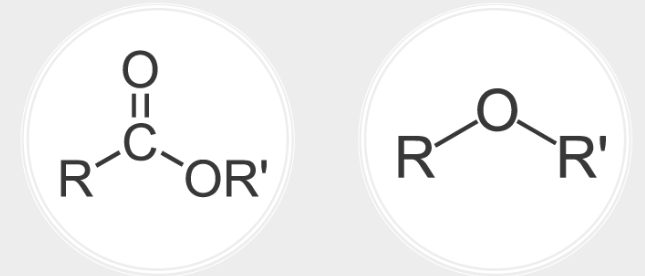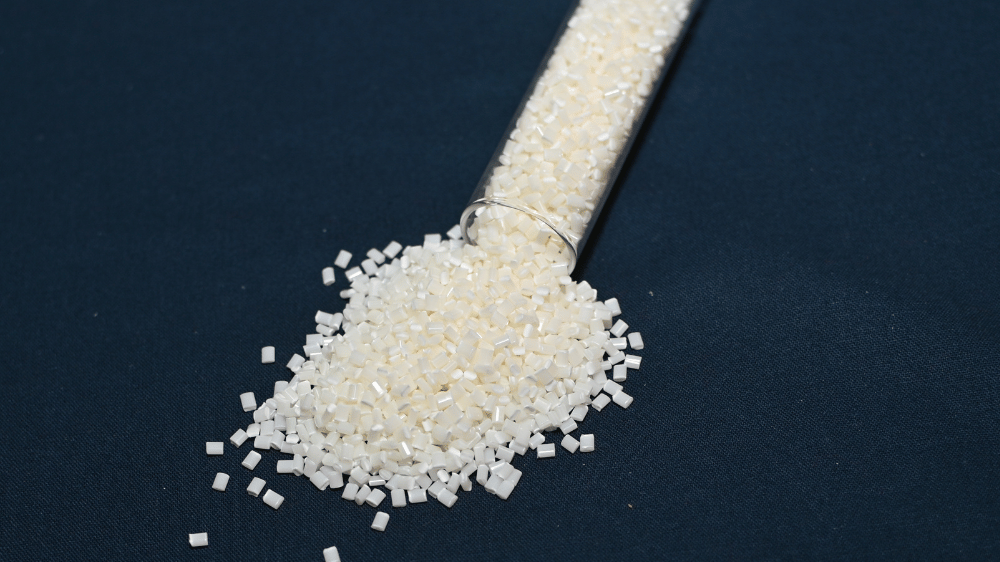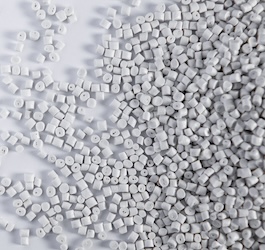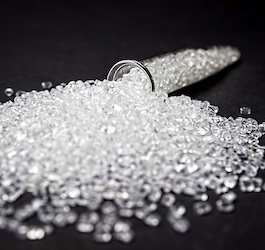Avoiding Cosmetic Defects in Injection Molded Parts: Strategies for Flawless Finishes
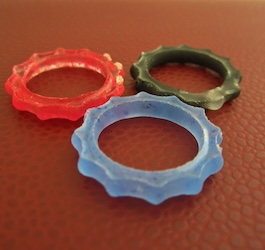
Injection molding is a cornerstone technique in manufacturing, widely used for producing parts with intricate shapes and high precision. While the process is renowned for its efficiency and versatility, manufacturers often face the challenge of cosmetic defects. These blemishes not only compromise the aesthetic appeal but can also affect the functionality of the final products. Understanding and addressing the root causes of these defects is crucial for maintaining high-quality standards. This article explores practical strategies to minimize cosmetic defects in injection molded parts.
Optimize Material Selection
The choice of material plays a pivotal role in the appearance of the final product. Some polymers are more prone to issues like warping, sink marks, or surface imperfections. Selecting the right material, considering its flow characteristics, shrinkage rate, and compatibility with the intended product design, can significantly reduce the risk of cosmetic flaws.
Refine the Mold Design
A well-designed mold is fundamental to achieving a flawless finish. Factors such as improper gate location, inadequate venting, and lack of appropriate draft angles can lead to defects like weld lines, air traps, and difficulty in part ejection, respectively. By refining the mold design to ensure optimal material flow and cooling, manufacturers can greatly enhance surface quality.
Control Processing Parameters
Injection molding parameters such as temperature, pressure, and injection speed must be meticulously optimized for each project. Excessive or insufficient application of these variables can lead to defects such as burns, flash, or short shots. A thorough understanding of the material’s behavior under different conditions allows for fine-tuning these parameters to achieve the best cosmetic results.
Maintain Equipment and Molds
Regular maintenance of molding machines and molds is essential to prevent the accumulation of residues that could lead to surface defects. Ensuring that the equipment operates within its optimal parameters and that molds are kept clean and in good repair helps in producing parts with consistent quality and appearance.
Implement Quality Control Measures
Adopting a robust quality control system enables early detection and correction of issues that could lead to cosmetic defects. Techniques such as automated visual inspection and periodic manual checks throughout the production run can identify problems before they escalate, ensuring that only parts meeting the highest standards reach the customer.
Minimizing cosmetic defects in injection molded parts requires a comprehensive approach that spans material selection, mold design, process optimization, equipment maintenance, and stringent quality control. By addressing these aspects diligently, manufacturers can not only enhance the aesthetic appeal of their products but also bolster their functionality, durability, and overall market competitiveness.





